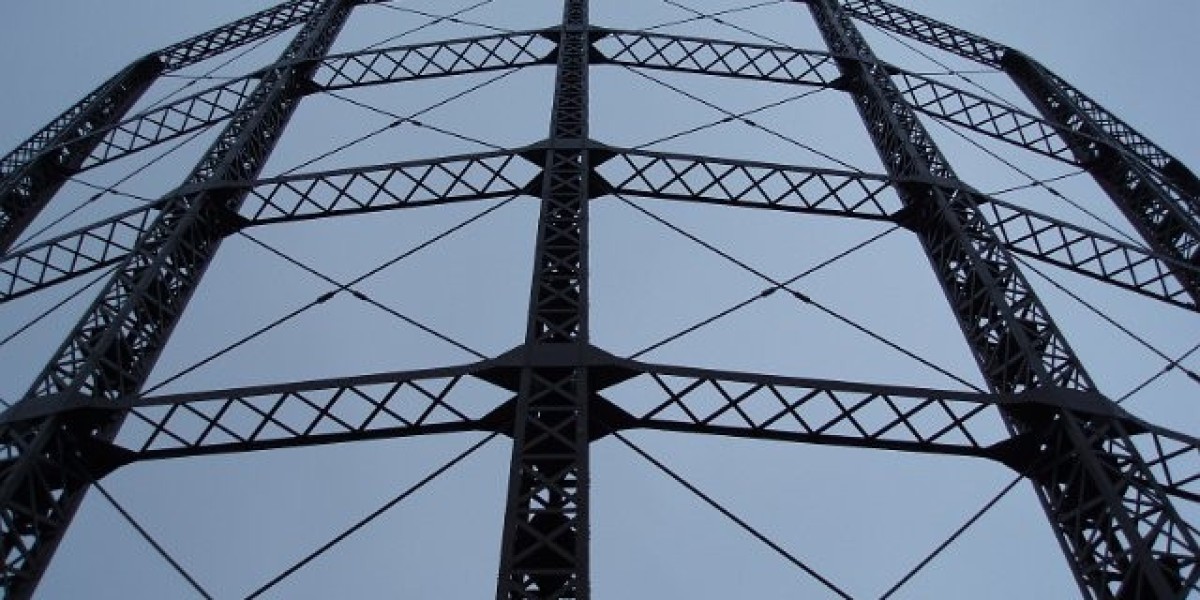What Is KPV Peptide?
KPV is a tripeptide consisting of the amino acids proline (P), lysine (K), and valine (V) linked by peptide bonds. Although seemingly simple, this sequence mimics key functional motifs found in larger proteins that regulate immune cell activity. When administered to cells or tissues, KPV interacts with specific receptors on leukocytes and keratinocytes, dampening the release of pro-inflammatory cytokines such as tumor necrosis factor alpha (TNF-α), interleukin-1 beta (IL-1β), and interferon gamma (IFN-γ). By curbing these mediators, KPV reduces neutrophil infiltration and limits tissue damage. Additionally, the peptide stimulates fibroblast proliferation and collagen synthesis, promoting faster re-epithelialization of damaged skin.
Key Properties of KPV Peptide
Biological Stability
KPV is resistant to proteolytic degradation in serum and within cellular environments, which allows it to maintain activity over extended periods after administration. Its small size also means that it can penetrate tight junctions between cells, reaching intracellular targets more efficiently than larger peptides.
Dose-Dependent Anti-Inflammatory Effect
Studies have shown that KPV exerts a dose-dependent suppression of inflammatory markers. At concentrations ranging from 10 to 100 micrograms per milliliter in vitro, macrophages exhibit markedly lower secretion of TNF-α and IL-6. In vivo, topical application of 0.5% KPV gel on murine skin wounds resulted in a 60 percent reduction in neutrophil counts compared with untreated controls.
Promotion of Tissue Regeneration
Beyond inflammation control, KPV encourages the proliferation of keratinocytes and dermal fibroblasts. In a rat burn model, animals treated with KPV-containing ointment displayed accelerated wound closure, improved tensile strength, and reduced scar formation relative to placebo groups. The peptide also upregulates growth factors such as transforming growth factor beta (TGF-β) and platelet-derived growth factor (PDGF), further enhancing repair pathways.
Safety Profile
Extensive toxicity studies in rodents have reported no adverse effects even at high doses. KPV shows minimal immunogenicity, likely due to its natural amino acid composition and short length. Human trials involving topical application for acne vulgaris and mild eczema reported only transient itching or redness without systemic side effects.
Delivery Modalities
- Topical Creams or Gels
- Oral Supplements
- Injectable Formulations
Clinical Applications Under Investigation
- Chronic Skin Disorders: Atopic dermatitis, psoriasis, and acne have all shown responsiveness to KPV therapy in preliminary human trials.
- Burn and Trauma Care: Accelerated closure rates and decreased scarring suggest that KPV could become a standard adjunctive treatment for burn patients.
- Autoimmune Conditions: By dampening T-cell activation, KPV may reduce disease activity in rheumatoid arthritis and inflammatory bowel disease models.
- Cardiovascular Protection: In animal studies, systemic KPV administration lowered plaque inflammation and improved endothelial function, pointing to potential use in atherosclerosis.
- Selecting the Right Model
- Optimizing Dosage and Timing
- Monitoring Biomarkers
- Evaluating Safety
- Translational Considerations
In summary, KPV peptide represents a versatile tool in the scientist’s arsenal against inflammation and impaired healing. Its simplicity belies powerful biological actions that can be harnessed across multiple therapeutic areas. Ongoing research will refine delivery strategies, dosage protocols, and clinical indications, potentially positioning KPV as a cornerstone of next-generation anti-inflammatory and regenerative therapies.







